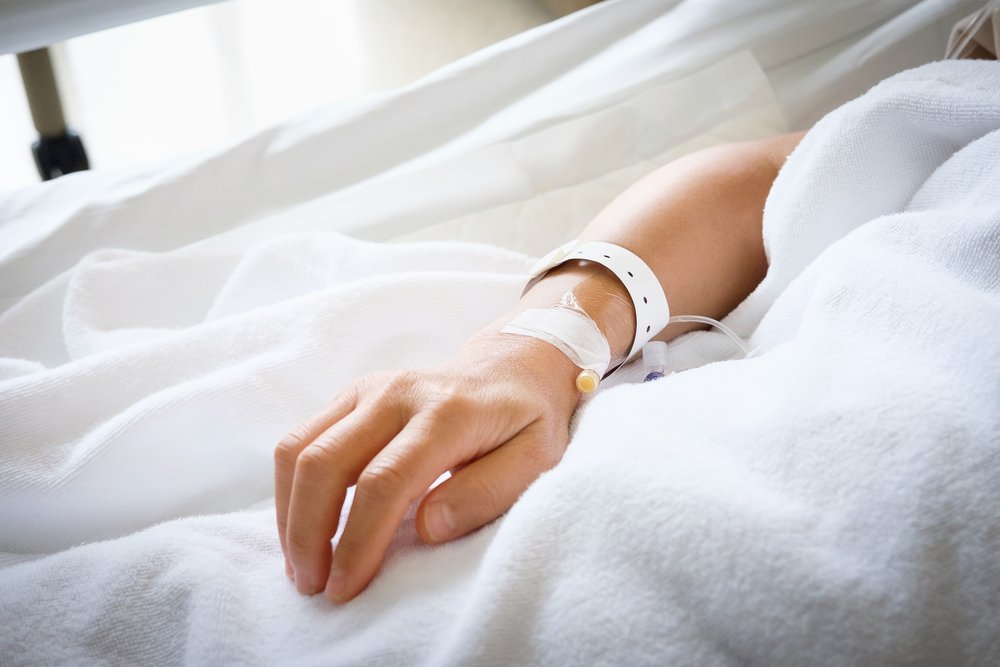Answer: Yes. For nearly 20 years since 1936, hypoglycemic coma was intentionally produced in patients with schizophrenia across the United States, England, and Wales.
Schizophrenia is a mental illness characterized by hallucinations, psychosis, anhedonia, and motor disturbances. The disease affects nearly 1% of people worldwide, affects men slightly more frequently than women, and most often presents in early adulthood.
One radical treatment for schizophrenia was developed in the early 1930s called deep insulin coma therapy, or DICT. The theory was that excess adrenal activity leads to the symptoms of schizophrenia, and by administering a high enough dose of insulin, the adrenal activity can be decreased. Manfred Sakel, the psychiatrist who developed insulin shock therapy, published several case reports, which demonstrated an improvement in the symptoms of schizophrenia.
Soon after in 1936, Dr. Isabel Wilson, a medical commissioner of a major regulatory agency published a booklet titled “Hypoglycaemic Shock Treatment in Schizophrenia” which described results and a typical treatment regimen using insulin shock therapy.
Patients would be given high doses of insulin five or six days a week. They would be given progressively larger doses of insulin until they fell into a coma for tens of minutes up to hours at a time. While in the comatose state, as expected, patients would show a lack of reflexes, muscle tone, and no pupillary dilation response. They would score very low on the Glasgow coma scale. Following this, they would be given a dose of glucose, which increases blood sugar enough to ideally bring the patient out of the coma.
For the rest of the day, the patients would remain in a hypoglycemic (low blood sugar) condition. At this time, they were at a high risk of experiencing a potentially life threatening seizure. There was also a high chance that the patients experienced some kind of brain damage following the insulin overdose, since the brain uses a disproportionately large amount of energy considering its relatively small size. The patients would need to be monitored closely by medical staff at this time. It was suggested that the fatality rate from DICT was around 1% of patients.
Insulin shock therapy was still used in hospitals for years, since it was fairly easy to have a part of a hospital dedicated to providing this treatment.
A major rebuttal was published in one of the highest profile medical publications, Lancet in 1953 by doctor Harold Bourne. In his manuscript called “The Insulin Myth,” Bourne argued there was no medical rationale for why insulin should improve any of the symptoms of schizophrenia.
Dr. Bourne’s publication represented the beginning of the end of insulin coma therapy. Shortly after, a randomized clinical trial was conducted comparing patients with schizophrenia being treated with insulin coma or with sodium amytal, a barbiturate tranquilizer. With respect to severity of schizophrenia symptoms after recovery, no significant differences were discovered, despite the many risks of the insulin coma strategy. The results from this clinical trial were subsequently published in 1957 in Lancet.
Nobel Laureate John Nash, the man who developed the field of game theory, was exposed to insulin shock therapy.
Currently, there is no known treatment for schizophrenia, although there are some antipsychotic medications that are helpful. Notably, drugs like risperidone (Risperdal or Perseris) and haloperidol (Haldol) are often prescribed to decrease the positive symptoms of schizophrenia, such as the hallucinations and psychosis.
Source cited: Insulin coma therapy in schizophrenia
